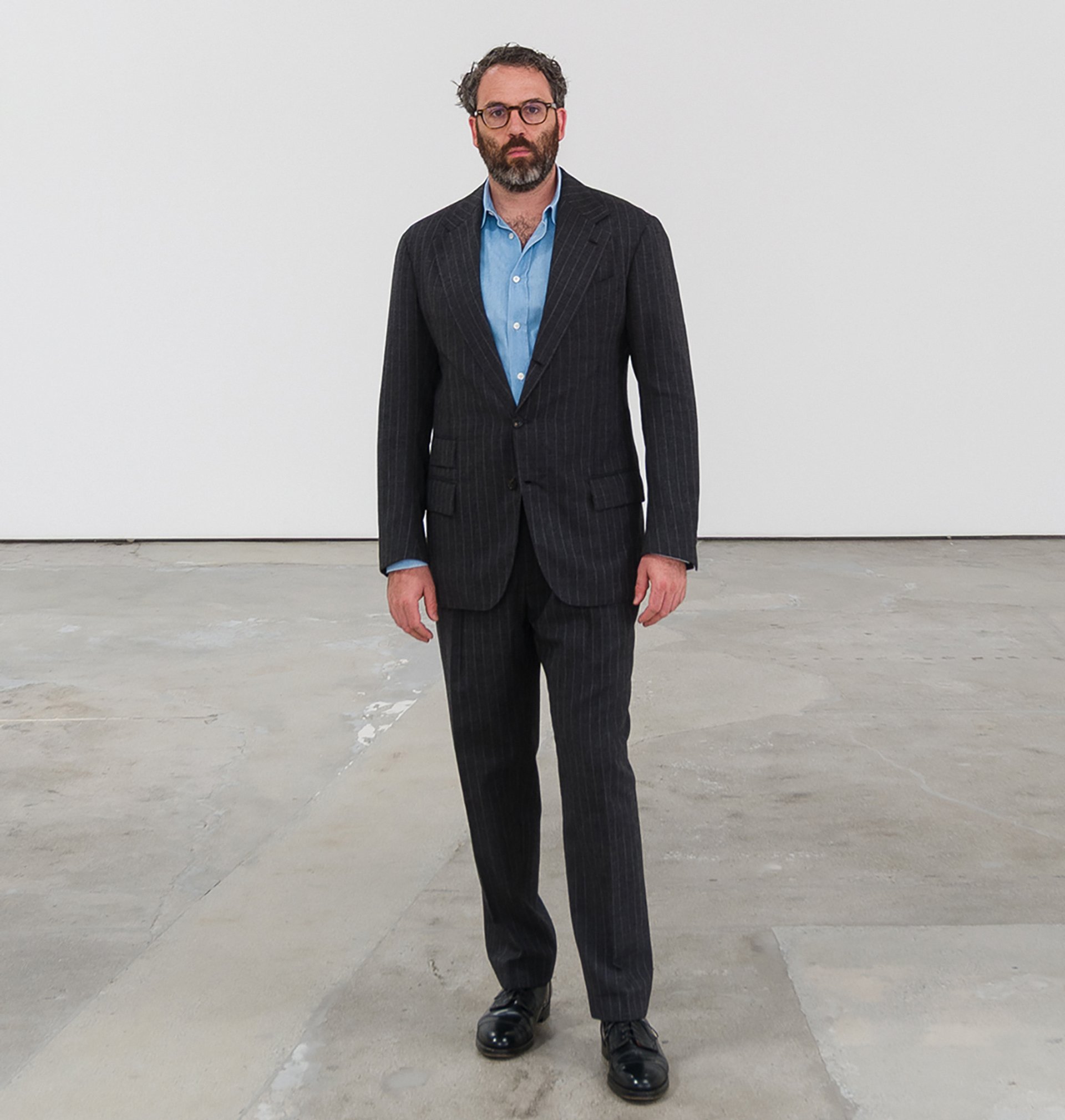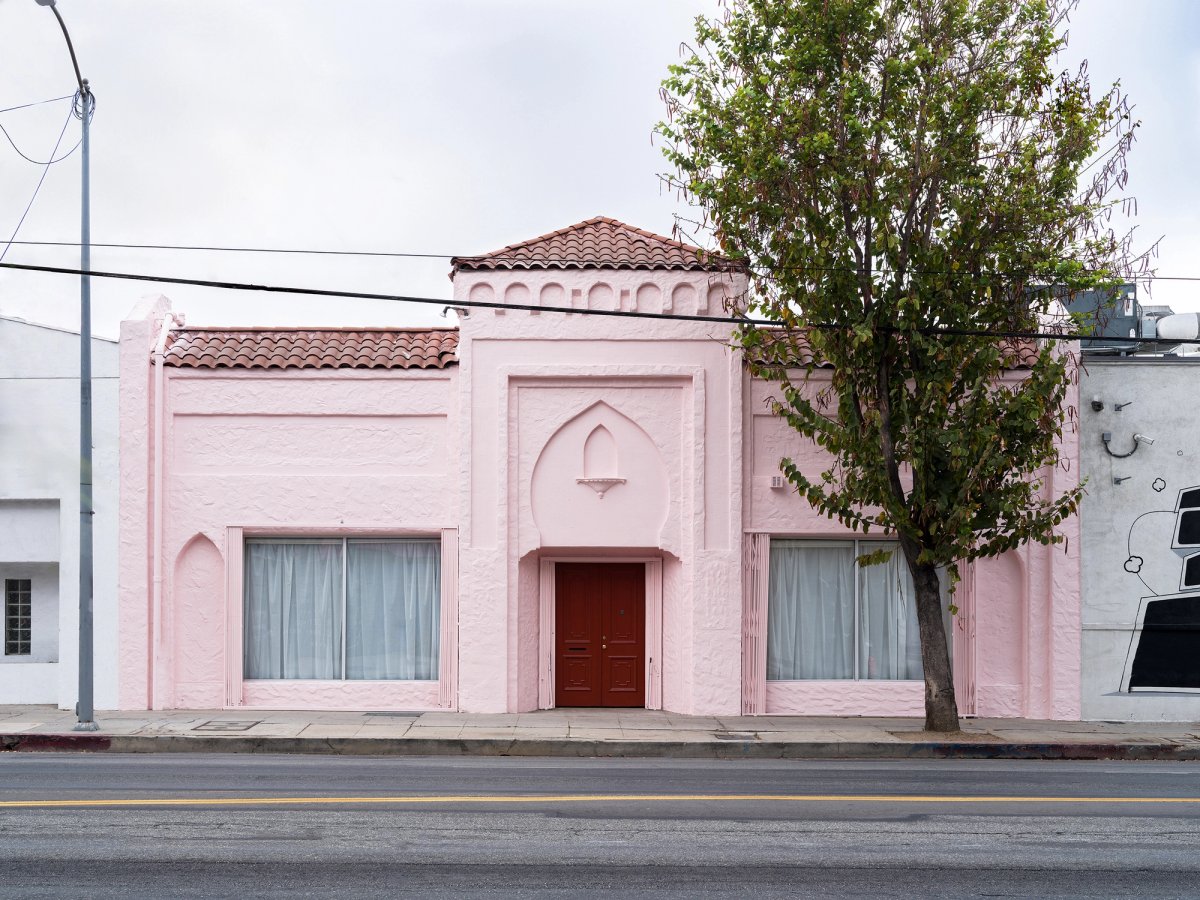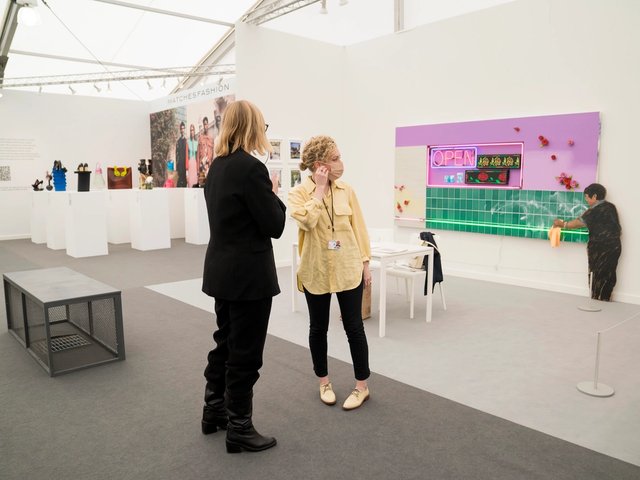While the downsizing or closing of commercial galleries has dominated the art media for months, Sebastian Gladstone is moving in the opposite direction. The ascendant dealer is rededicating his namesake gallery to a bicoastal programme with a Los Angeles expansion debuting on 13 September.
The new space is located in Hollywood, across Orange Drive from Jeffrey Deitch and two blocks away from Regen Projects on nearby Santa Monica Boulevard. Its 3,200 square feet represent a sizable upgrade from the gallery’s most recent City of Angels location, whose final show closed on 24 May.
Gladstone, who grew up in the Mid-City neighbourhood of Los Angeles (and is no relation to the late dealer Barbara Gladstone), tells The Art Newspaper his results at this year’s wildfire-shadowed Frieze Los Angeles were integral in convincing him to double down in his hometown.

Sebastian Gladstone
© Ruben Diaz 2025, courtesy Sebastian Gladstone Gallery, Ruben Diaz and Nik Massey
“We had an amazing fair, placed a work with Lacma [Los Angeles County Museum of Art] from the booth, got a lot of press,” Gladstone says. “People really showed up. The identity of the gallery is so tied to LA that to not commit to the city would be a mistake.”
A rapid rise continues
The Hollywood venue, designed by Perennial Studio, is Gladstone’s fourth in Los Angeles since launching the gallery in his living room in 2020. It operated under the name Stanley’s—a nod to the sculptor Stanley Edmondson, the subject of the venture’s inaugural exhibition—until 2022. He relocated that year from a dedicated space in Chinatown to the nascent Melrose Hill district on Western Avenue, where he closed up shop around three months ago.
After testing the waters in New York with a pop-up in September 2024, Gladstone also established an ongoing outpost in Tribeca this past January. Its benefits and limitations equally contributed to his decision to muscle up in Los Angeles. There he can offer more exhibition space and retain more freedom to work with artists who have pre-existing representation in New York, while facilitating “intercultural exchanges” between the east and west coasts.
Cherry opens
In this spirit, the subject of the new gallery’s first exhibition will be the late abstract painter Herman Cherry (1909-92), who became a post-war fixture of New York’s downtown scene after formative experiences in Los Angeles in the 1930s. His estate is the first Gladstone has added to the programme.
The show will focus on Cherry’s paintings from the early to mid 1960s, when he broke from New York School compatriots such as Willem de Kooning and Franz Kline to adopt a lyrical flatness and crisp palette indebted to European Modernism. Gladstone sold all but one of the works on the checklist in two weeks this spring, at prices ranging from $35,000 to $80,000; the last is being held back for an institutional acquisition.
Counterprogramming has been good business for Gladstone even during the wider trade’s ongoing struggles. He says Cherry’s practice embodies the gallery’s efforts to champion works of art that can compete on quality with those offered by larger galleries, only at lower prices enabled by a smaller scale of operations and a focus on building long-term legacies.
‘Quality over quantity’
“I’ve never really participated in trend-chasing or trend-forecasting,” Gladstone says. “In the end, it’s worked really well for us, because the consistency comes across in this moment where a lot of galleries have lost their identity.”
Gladstone says that by 1 August of this year his gallery had already surpassed the amount of business it did in the entirety of 2024. He has also cut his annual fair participation in half, from four events to just two in 2025: Frieze Los Angeles and Art Basel in Miami Beach.
“There are a lot of young gallerists with a great eye but few that also have a strong business instinct—Sebastian has both,” says Alex Glauber, the president of the US-based Association of Professional Art Advisors. “He has prioritised quality over quantity at a time when a lot of gallerists have arguably compromised their standards for the sake of unsustainable growth.”
Gladstone contends that Los Angeles’s strength has been misrepresented amid two recent events: the destruction of January’s wildfires, and this summer’s announcement that locally headquartered dealer Tim Blum would shutter his eponymous international gallery over structural flaws in the gallery economy. The city is still home to top-tier institutions, artists and collectors, Gladstone says; the older players simply may not recognise it because a “generational shift” is underway.
He adds that what Blum missed in his exit interviews is that “the responsibility is really on all of us to find the path forward. Not just to say the system doesn’t work, but for all of us to be the change we want to see.”





